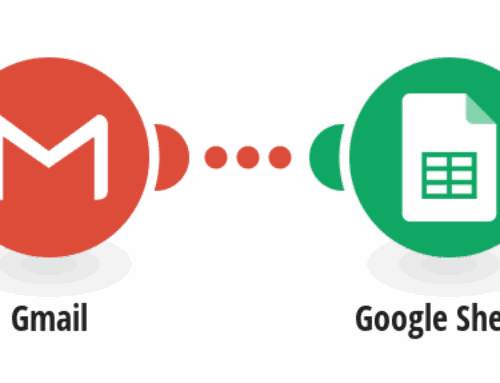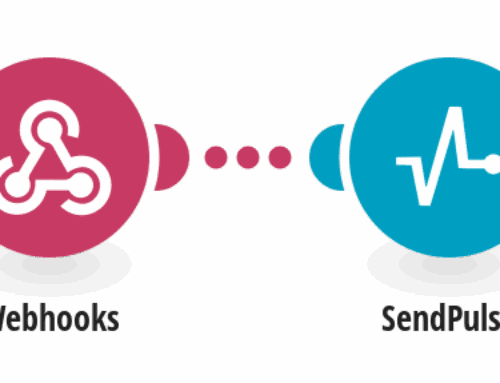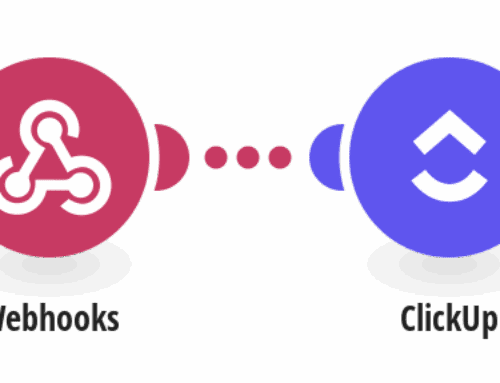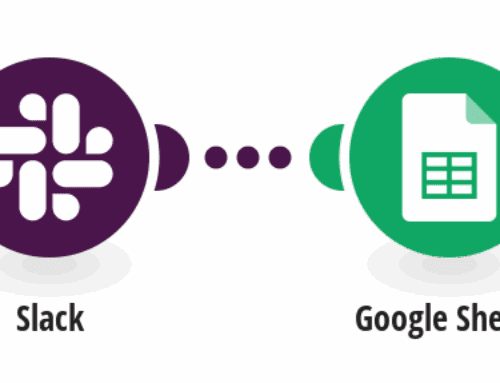Workflow management is a subset of the broader low-code platform that helps enterprises manage their business processes. It enables businesses to track and record every step taken in any process, from capturing an idea to making a final decision. Workflow management software automates routine tasks and reduces errors.
As such, it frees up human resources to focus on more important aspects of an enterprise’s business. This blog will explore the advantages that low-code workflow management software offers businesses and how it can help you save time, money, and resources. Read on for further information…
What is a Workflow Management?
A workflow management system is a type of software that stores and manages business processes. It enables you to create, store, and distribute automated content, such as emails, legal documents, customer service statuses, or marketing assets. This can reduce human errors and enable faster decision-making by providing each member of the organization with clear insights into how their tasks fit into the bigger picture.
A workflow management system is made up of software components called workflows. A workflow is a sequence of tasks that can be assigned to different individuals, departments, or teams in an organization. When certain conditions are met, one of the tasks in a workflow is triggered, and the system performs the task assigned to it.
Why is Workflow Management Important?
Workflow management software is important for many reasons. The most obvious is that it automates a key aspect of the business. Automating tasks like meetings, meetings, and meetings can help reduce human errors, but it also gives clarity to human behaviors. This is important when trying to make business decisions based on data, not emotion.
A common use case for workflow management software is customer service. A workflow management system can help a business better manage the customer service reps who handle incoming calls by creating automated steps that guide the rep through which options to present to the caller, when to take notes, and when to transfer the call.
Workflow management software can also help organizations manage their resources more effectively. A system that tracks when tasks are assigned, when they are finished, and how much time they took can help an organization better manage its time and allocate resources.
Types of Workflows

Sequential
This workflow has a set order in which the activities are performed. When you create this type of workflow in your system, you can assign a specific user or group of people to each step in the workflow. This workflow type is useful, for example, when you want to train new team members on certain processes and procedures.
State Machine
Like sequential workflows, state machines also follow a set order. In this type of workflow, however, there is no set order for the sequence of activities. You can assign a specific user or group of people to each step in the workflow, like sequential workflows. But with state machines, you can assign different states or conditions to each step.
By default, state machines are fuzzy — which means they aren’t as accurate or specific as other types of workflows. But this can also be a great advantage for you, as you can use them to create generic workflows.
You can assign a specific state to each step in your workflow and use this workflow management software to trigger certain actions when the state is reached. The advantage is that you don’t need to add very many rules to the workflow if you want it to trigger certain actions only when certain conditions are met.
Rules Driven
This workflow is similar to state machines, but with the difference that the rules can also contain Boolean expressions, not just simple conditions. This workflow management software type can be a great choice for businesses that want to create more complicated workflows and decide on more complex actions.
Explaining a Low Code Workflow
Now that you know what a workflow management system is, let’s explain how a low-code workflow works. A low-code workflow, as the name implies, has a codebase that uses a low-level programming language. This makes it easier for non-programmers to create and manage the workflows.
Low-code workflows can be created using any programming language, including JavaScript and Python, but low-code workflows are often built with a tool that supports the chosen language. The low-code workflow architecture consists of three key components: a trigger, a workflow logic, and a result.
The trigger is the part of the workflow that triggers the rest of the workflow. You can use conditions like a condition based on data, a user choice, or a time condition to trigger the workflow. A workflow with a condition based on data, for example, could be triggered when a product is available in inventory. Then, the workflow would perform the task based on the user’s choice.
Advantages of a Low-code Workflow
There are many advantages to using a low-code workflow management system. The most obvious is that it helps you automate your business processes. As we discussed above, automating tasks like meetings, meetings, and presentations can help reduce human errors, but it can also help create more consistent business processes across an organization.
This consistency across different departments and sections of an organization can lead to savings, too. When workflow management software helps to track when tasks are assigned, when they are completed, and how much time they took, it can help an organization better manage its time and allocate resources.
This is important in industries such as healthcare and manufacturing, where certain workers have specialized knowledge, but the overall process is automated.
Steps in Automating Workflows
Identify Repetitive Tasks
As a business grows, the amount of data it generates increases exponentially. But even as an organization’s data volume increases, the same amount of effort is required to manage it. It can, therefore, become difficult to keep track of all the data and manage the business efficiently. As the size and complexity of a business grow, the amount of data it generates increases exponentially.
But even as an organization’s data volume increases, the same amount of effort is required to manage it. It can, therefore, become difficult to keep track of all the data and manage the business efficiently. Automating repetitive tasks can help save time and resources. It can also help organize business processes.
Create a Workflow Diagram
A workflow diagram is a visual representation of the tasks involved in a business process. It helps identify the processes that are time-consuming and messy. It also helps identify the tasks that aren’t completed regularly. Once these issues are identified, a low-code workflow management system can be used to automatically create an appointment schedule based on the workflow diagram.
A workflow diagram is a visual representation of the tasks involved in a business process. It helps identify the processes that are time-consuming and messy. It also helps identify the tasks that aren’t completed regularly. Once these issues are identified, a low-code workflow management system can be used to automatically create an appointment schedule based on the workflow diagram.
Train the workforce
Training can be time-consuming, but it can also help identify issues with a workflow. When implementing a workflow management system, it’s wise to make use of workflow diagrams to help train the workforce.
By creating workflow diagrams and using them to train employees, you can help ensure that the workflow is implemented correctly. It’s also important to make use of surveys to understand the level of satisfaction employees have with the workflow they are working on.
Measure Key Performance Indicators
Some businesses use metrics to measure the efficiency of their employees or the performance of the organization. A low-code workflow management system can be used to track performance indicators such as the time taken to complete a workflow, the number of errors committed, the level of customer satisfaction, the number of resources utilized, and the cost of operations.
How to Get Started?
There are many workflow management systems that provide low-code technology. It’s important to note that low-code workflow management systems are not necessarily low-code platforms. Low-code workflow management systems are designed to automate tasks without necessarily using low-code technology. It’s important to note that low-code workflow management systems are designed to help manage workflows without necessarily using low-code technology.
Final Words
Workflow management software is becoming a crucial tool for modern businesses that want to improve efficiency and productivity. However, with so many options available, how can you tell which one is right for your organization?
First, determine the key areas of your business that need optimization. That will help you narrow down the available options, which will help you make an informed decision. Next, consider how your team is currently performing.
If team members aren’t performing their jobs at the level they can, or if they’re wasting a lot of time, low-code workflow management may be the perfect solution for your organization.
Articles You Might Want To Read:
What Do You Need To Know About Low Code Business Process Automation?








